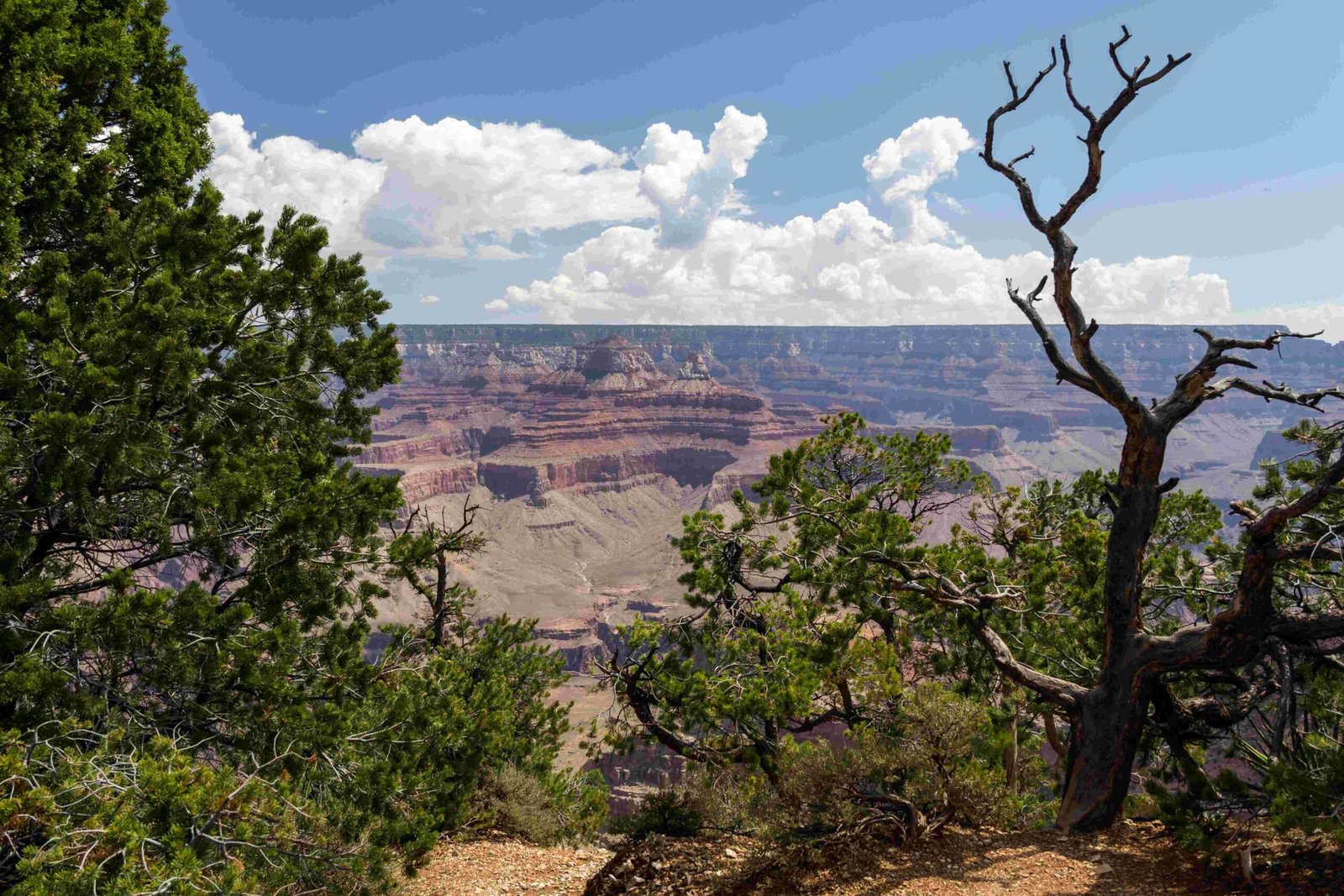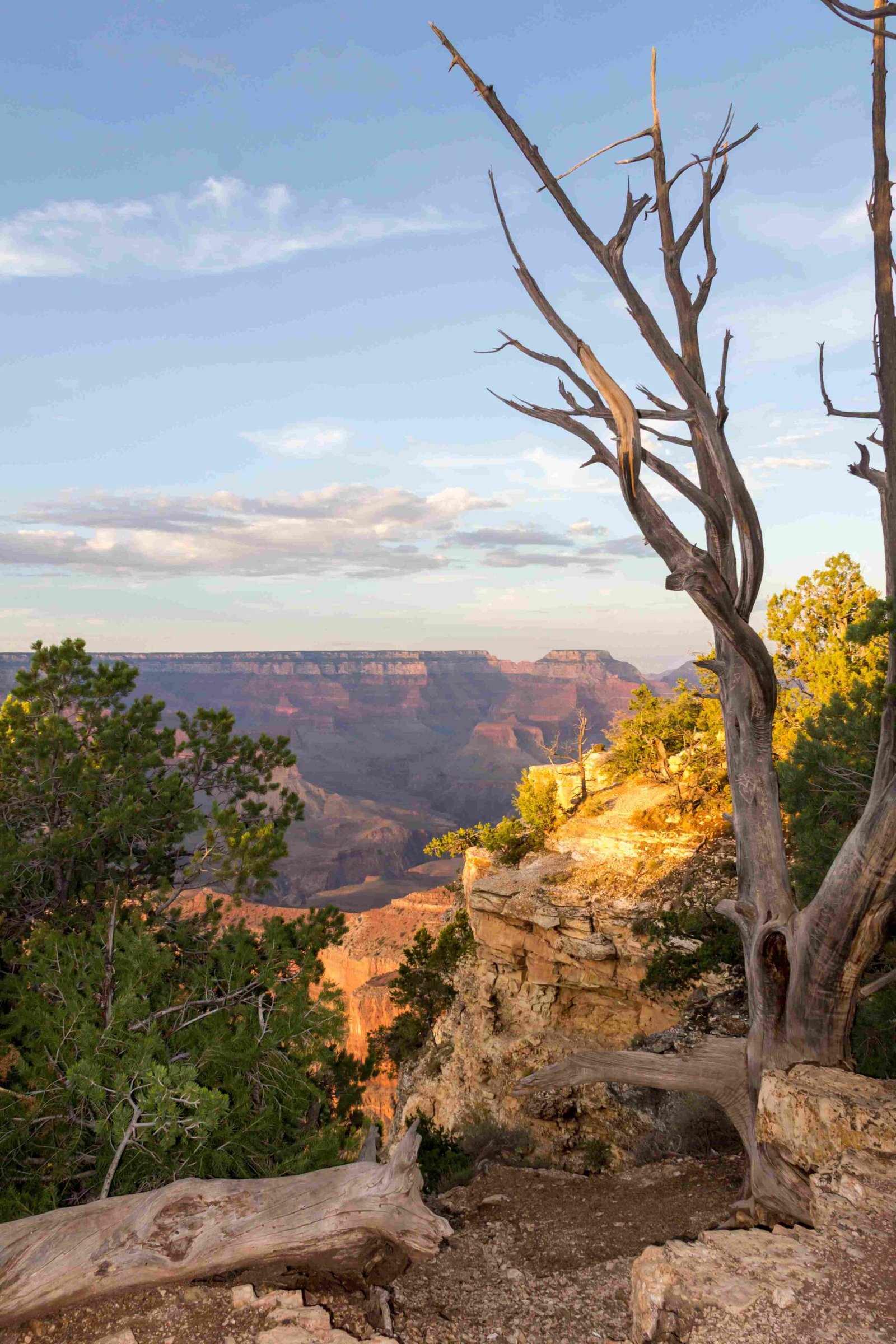The Grand Canyon harbors a spectacular vertical water cascade that challenges conventional expectations of height and beauty. Nestled within the rugged terrain, the tallest waterfall in Grand Canyon represents a geological marvel that attracts adventurers, photographers, and nature enthusiasts from around the world, offering an extraordinary glimpse into the canyon’s dynamic landscape.
What Makes the Grand Canyon’s Tallest Waterfall Unique?

The tallest waterfall in Grand Canyon is Mooney Falls, standing at an impressive 200 feet (61 meters) high. Located in the Havasupai tribal lands, this extraordinary waterfall represents more than just a vertical water drop—it’s a testament to the geological complexity and natural beauty of the region.
How High is Mooney Falls Compared to Other Waterfalls?
| Waterfall Name | Height | Location |
|---|---|---|
| Mooney Falls | 200 feet | Havasupai Reservation |
| Havasu Falls | 90-100 feet | Havasupai Reservation |
| Beaver Falls | 40 feet | Havasu Creek |
Where Can Visitors Find the Tallest Waterfall?
Mooney Falls is situated within the Havasupai Indian Reservation, which requires careful planning and permits for access. Visitors must:
- Obtain an official permit from the Havasupai Tribe
- Hike approximately 10 miles from Hualapai Hilltop
- Navigate challenging terrain and steep descents
- Prepare for a strenuous but rewarding journey
What Challenges Exist in Reaching Mooney Falls?
The journey to Mooney Falls involves several significant challenges:
- Physical Difficulty
- Steep, rocky trail
- Elevation change of approximately 2,500 feet
-
Requires moderate to advanced hiking skills
-
Environmental Considerations
- Extreme temperatures during summer months
- Limited shade along the trail
-
Potential for sudden weather changes
-
Access Restrictions
- Permits are mandatory
- Limited seasonal accessibility
- Controlled visitor numbers to protect the ecosystem
What Geological Factors Contribute to the Waterfall’s Formation?
Mooney Falls emerged through complex geological processes involving:
- Erosion of limestone and sandstone layers
- Continuous water flow from Havasu Creek
- Gradual rock dissolution and canyon formation
- Tectonic movements over millions of years
How Can Visitors Safely Experience the Waterfall?
Safety is paramount when visiting Mooney Falls:
- Wear appropriate hiking gear
- Bring sufficient water and supplies
- Use caution on steep, potentially slippery trails
- Consider guided tours for first-time visitors
- Check weather conditions before departure
What Photography and Exploration Opportunities Exist?
Photographers and nature lovers will find Mooney Falls incredibly photogenic:
- Turquoise water contrasting with red rock formations
- Multiple viewing angles
- Surrounding lush vegetation
- Opportunities for landscape and action photography
Final Insights on Grand Canyon’s Tallest Waterfall

Mooney Falls represents more than a geographical feature—it’s a dynamic ecosystem, a geological wonder, and a testament to the Grand Canyon’s incredible diversity. Its 200-foot vertical drop challenges visitors’ perceptions and offers an unparalleled natural experience.
Practical Travel Tips
- Best visiting season: February to November
- Required gear: Hiking boots, water, permits
- Recommended preparation: Physical fitness, navigation skills
- Photography equipment: Wide-angle lens, tripod
Reference:
– Havasupai Tribe Official Website
– National Park Service Grand Canyon Information
– Arizona Tourism Board

